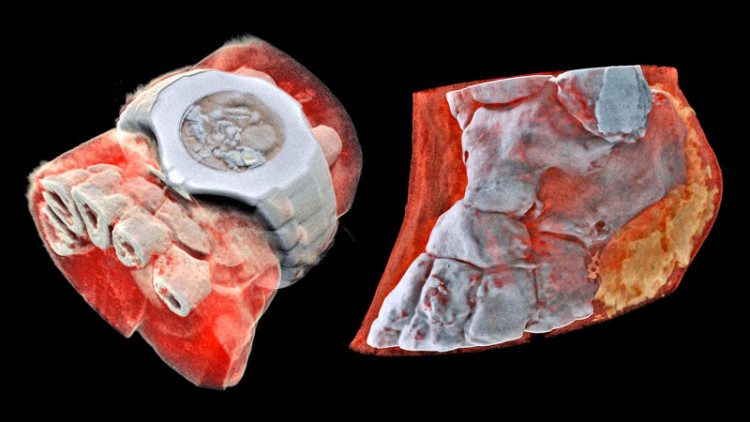Europe CERN lab announced that New Zealand scientists finally performed the very first-ever colored X-ray on human beings, recently.
Phil and Anthony Butler, the father and son scientists from Canterbury and Otago Universities worked on this technology or decades, building, processing, and refining. Professor and scientist Phil Butler said that “This new imaging tool is able to get images that no other imaging tool can achieve.”
The new 3D device uses particle-tracking technology that is specifically developed for CERN’s Large Hadron Collider which in the year 2012 Higgs Boson particle was discovered.
"This color X-ray imaging technique could produce clearer and more accurate pictures and help doctors give their patients more accurate diagnoses," CERN said.
Medipix is the name of this new technology that functions like a camera which counts and detects the sub-atomic particles. When the sub-atomic particles hit each other through pixels, it will result in high-resolution pictures. Thus, give better and more veracious results. Moreover, the high contrast and high-resolution pictures can be produced in a very quick turnaround time.
According to CERN’s Knowledge Transfer Officer Aurelie Pezous said that it is very satisfying seeing their work for the benefits of many patients in many parts of the world. The real-life applications like this one actually fuel their desire to work better and reach further.
The images will show crystal clear differences between the cartilage, muscles, and the bones. According to CERN, 3D colored X-rays can make it easier to detect the exact location as well as the size of smallest cancerous tumors that can affect the health of the person.
Medipix is a one of a kind technology that helps medical practitioners to amend the quality of surgical operation. The 3D X-rays will help doctors to identify signs of diseases such as fats and levels of calcium. Professor Butler said, “When used to analyze cancers, as well as bone and joint health, the technology shows 'promising results [for] more accurate diagnosis and personalization of treatment.”





